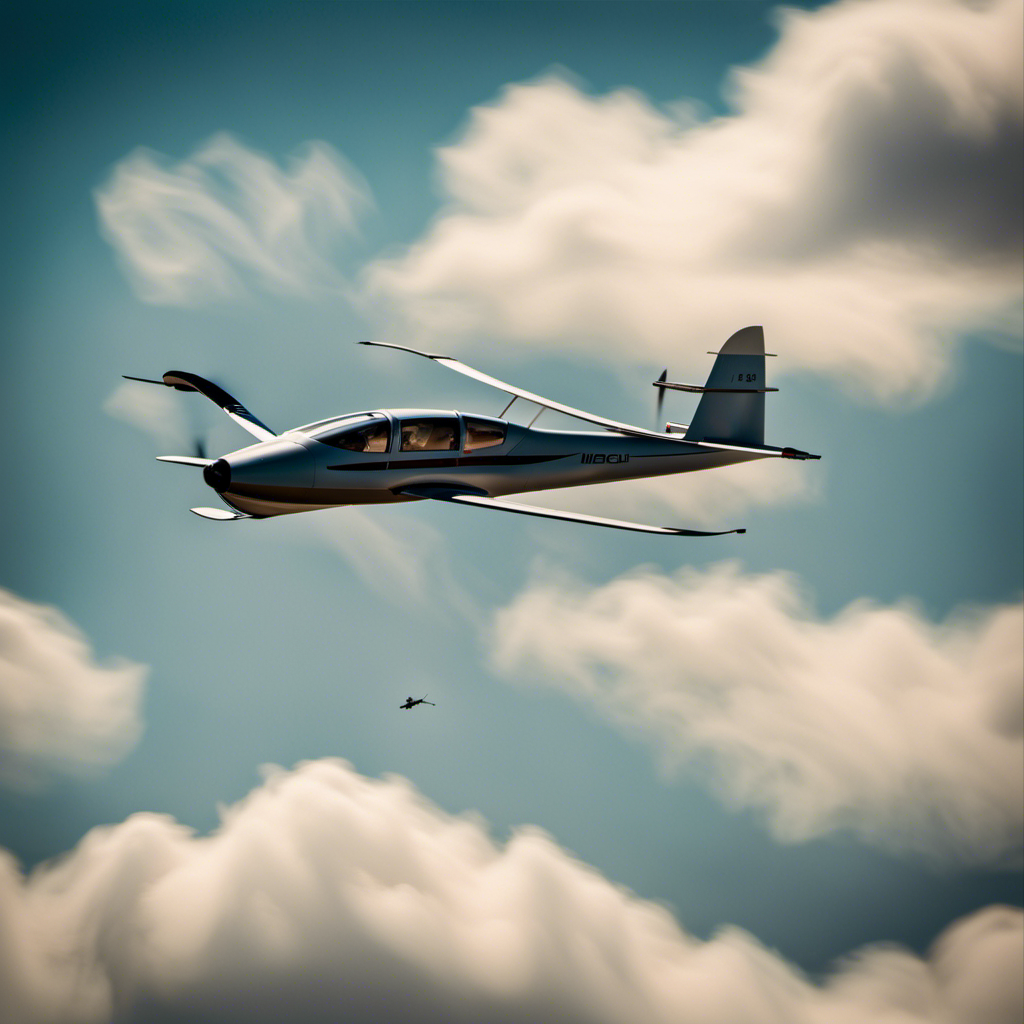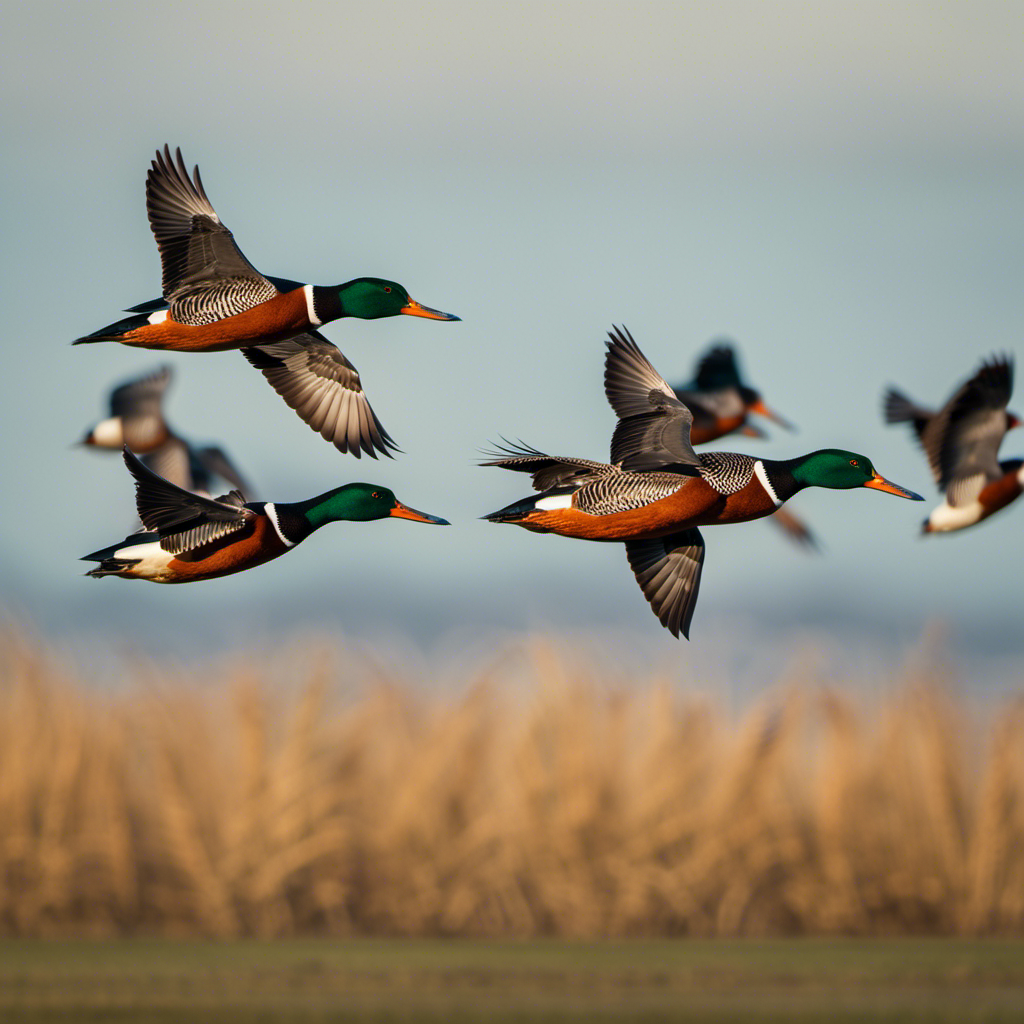Are you ready to soar through the skies and experience the freedom of flying? Before taking that leap, it’s important to have a clear understanding of what you’re getting into.
In this article, we’ll guide you through the essential information you need to know before investing in gliding lessons. From finding a reputable gliding school to understanding the physical requirements, we’ll cover it all.
So, fasten your seatbelt and get ready to embark on an exhilarating journey into the world of gliding.
Key Takeaways
- Familiarize yourself with the basics of gliding and the terminology used in the sport.
- Follow pre-flight procedures and conduct thorough inspections to ensure the safety and airworthiness of the glider.
- Learn and practice basic control maneuvers to effectively maneuver the glider in the air.
- Understand aerodynamics and emergency procedures to handle unexpected situations safely and effectively.
Understanding the Basics of Gliding
Before you start investing in gliding lessons, it’s important to understand the basics of gliding.
Gliding, also known as soaring, is the art of flying an aircraft without an engine. It involves utilizing the natural forces of the air to stay aloft and maneuver. Unlike powered aircraft, gliders rely on thermals, updrafts, and wind currents to gain altitude and maintain flight. They are designed to have a high glide ratio, allowing them to travel long distances with minimal power.
Learning the basics of gliding includes understanding aerodynamics, flight controls, and how to read the weather. By having a solid foundation in these areas, you will be better prepared to embark on your gliding journey and make the most of your lessons.
Now, let’s explore how to find a reputable gliding school.
Finding a Reputable Gliding School
When looking for a reputable gliding school, make sure to ask about their safety record and experienced instructors. Safety should be your top priority when choosing a gliding school, so inquire about their safety practices and accident history. Here are some key things to consider when selecting a gliding school:
-
Safety record: Ask about their safety record, including the number of accidents and incidents they have had in the past. A school with a clean safety record is a good indication of their commitment to safety.
-
Experienced instructors: Inquire about the qualifications and experience of the instructors. Experienced instructors can provide you with the necessary knowledge and skills to glide safely.
-
Equipment maintenance: Find out how often the school conducts equipment maintenance and inspections. Regular maintenance ensures that the gliders are in good condition and reduces the risk of mechanical failures.
By thoroughly researching and asking the right questions, you can find a gliding school that prioritizes safety and offers quality instruction.
Now let’s delve into checking the safety measures in place at the gliding school.
Checking the Safety Measures in Place
Now let’s take a look at the safety measures in place at the gliding school.
When considering investing in gliding lessons, it is important to ensure that the school prioritizes safety. One of the first things to check is if the gliding school has a comprehensive safety program in place. This should include regular maintenance and inspections of the gliders, as well as proper training and certification for instructors.
Additionally, the school should have clear protocols for emergency situations and weather conditions. It is also advisable to inquire about the school’s safety record and if they have any safety certifications or affiliations.
By thoroughly evaluating the safety measures at the gliding school, you can have peace of mind knowing that your training will be conducted in a secure environment.
Understanding the importance of safety is just the first step in knowing the cost and commitment involved in pursuing gliding lessons.
Knowing the Cost and Commitment Involved
It’s important to understand the financial and time commitments involved in pursuing gliding lessons. Before you embark on this exciting journey, it’s crucial to consider the costs associated with this activity. Gliding lessons can vary in price depending on factors such as location, duration, and the level of instruction provided. Typically, you can expect to invest a significant amount of money into your lessons, including fees for instruction, equipment rental, and membership in a gliding club.
Additionally, gliding requires a substantial time commitment. The learning process can take several months, as you’ll need to complete a certain number of flight hours to obtain your glider pilot license. Therefore, it’s essential to plan your schedule accordingly and allocate enough time for regular lessons and practice sessions.
Understanding the financial and time commitments involved is a crucial first step in your journey toward becoming a glider pilot.
As you consider the financial and time aspects of gliding lessons, it’s equally important to understand the physical requirements involved.
Understanding the Physical Requirements
Understanding the physical requirements involved in becoming a glider pilot is crucial before embarking on this journey. Here are some key things to consider:
-
Fitness: Gliding requires a certain level of physical fitness, as it can be physically demanding at times. You need to be able to handle the physical strain of launching and landing the glider.
-
Weight and height: There are weight and height restrictions for glider pilots, as these factors can affect the aircraft’s performance. It is important to meet these requirements to ensure your safety and the safety of others.
-
Medical conditions: Certain medical conditions may disqualify you from becoming a glider pilot. It is important to consult with a medical professional to ensure you are physically fit to fly.
-
Vision: Good vision is essential for glider pilots. You need to have clear vision to spot other aircraft, read instruments, and navigate effectively.
-
Coordination: Glider flying requires good hand-eye coordination and spatial awareness. You need to be able to control the glider smoothly and accurately.
Understanding these physical requirements will help you determine if you are ready to pursue glider flying. Once you have a clear understanding of what is required physically, you can move on to learning about the different types of gliders.
Learning about the Different Types of Gliders
Once you have a clear understanding of the physical requirements, you can begin learning about the different types of gliders. Gliders come in various shapes and sizes, each designed for specific purposes. To help you visualize the differences, here is a table showcasing different types of gliders:
| Glider Type | Purpose | Notable Features |
|---|---|---|
| Training Glider | Learn the basics | Dual controls |
| Performance Glider | Competitive flying | Sleek design |
| Motorized Glider | Powered flight | Retractable engine |
Understanding the different types of gliders is essential as it impacts your flying experience. Once you are familiar with the different types, you can delve into getting familiar with gliding terminology. This will further enhance your knowledge and prepare you for the exciting journey of learning to glide.
Getting Familiar with Gliding Terminology
Now that you have a basic understanding of the different types of gliders, it’s time to dive into the world of gliding terminology.
Before you start your gliding lessons, it’s important to familiarize yourself with the various terms used in this sport. From the moment you step foot on the glider, you’ll encounter words like ailerons, elevator, rudder, and airspeed indicator. These terms may sound intimidating at first, but don’t worry, your instructor will guide you through each one.
Understanding gliding terminology is crucial for effective communication with your instructor and other gliders in the air. It will also help you grasp the principles of gliding and make the learning process smoother.
Practicing Ground Handling and Pre-flight Procedures
To properly prepare for your gliding experience, start by practicing ground handling and completing pre-flight procedures.
Ground handling is an essential skill that involves maneuvering the glider on the ground. This includes tasks such as pushing or pulling the glider, attaching the wings, and checking the control surfaces. By practicing ground handling, you will gain confidence in handling the glider and develop a better understanding of its movements and behavior.
Completing pre-flight procedures is crucial for ensuring the safety and airworthiness of the glider. This involves conducting thorough inspections, checking instruments, and verifying emergency equipment. By familiarizing yourself with these procedures, you will be better equipped to handle any challenges that may arise during your first gliding experience.
Once you have mastered ground handling and completed pre-flight procedures, you will finally take to the skies and experience the exhilaration of flying without an engine.
Taking to the Skies: Your First Gliding Experience
Experience the thrill of your first gliding adventure as you soar through the skies, feeling the rush of wind against your face. It’s an exhilarating moment that marks the beginning of your journey into the world of gliding. Before you take off, it’s important to understand the basics of gliding and familiarize yourself with the equipment. Here is a table outlining some key aspects of your first gliding experience:
| Aspect | Description | Importance |
|---|---|---|
| Safety | Understanding safety procedures | Ensures a safe and enjoyable experience |
| Communication | Learning radio protocols and hand signals | Facilitates effective communication with the ground |
| Control | Practicing basic control inputs | Enables maneuvering the glider in the air |
| Aerodynamics | Understanding lift and drag forces | Enhances your understanding of glider performance |
| Emergency | Knowing emergency procedures and landing techniques | Equips you to handle unexpected situations |
Continuing your gliding journey involves mastering advanced techniques and earning certifications. By building on your initial experience, you can develop a deeper understanding of gliding and improve your skills.
Continuing Your Gliding Journey: Advanced Techniques and Certifications
As you progress in your gliding journey, mastering advanced techniques and earning certifications is key to enhancing your skills and becoming a more proficient glider pilot.
Once you have gained some experience and confidence in basic gliding maneuvers, it’s time to take your skills to the next level. Advanced techniques such as thermaling, ridge soaring, and cross-country flying will allow you to explore new areas and maximize your gliding time.
These techniques require a deeper understanding of weather patterns, wind dynamics, and navigation skills. Additionally, earning certifications such as the Private Pilot Glider License and the Commercial Pilot Glider License will not only validate your skills but also open doors to more opportunities in the gliding community.
These certifications demonstrate your proficiency in both theory and practical aspects of glider flying, making you a more well-rounded and capable glider pilot.
Conclusion
In conclusion, investing in gliding lessons is an exhilarating adventure that requires careful consideration. By understanding the basics, finding a reputable school, and ensuring safety measures are in place, you can embark on a thrilling journey through the skies.
Remember to be aware of the cost and commitment involved, as well as the physical requirements. As you practice ground handling and pre-flight procedures, you’ll gain confidence before your first gliding experience.
And as you continue your journey, advanced techniques and certifications will open up new horizons, allowing you to soar to new heights. It’s time to spread your wings and let the wind carry you to unimaginable places.
Orion, better known as “Jetstream,” is the voice that brings the stories of the skies to life. His fascination with aviation began at a young age, sparked by his father’s tales of flying and adventure. Orion’s journey into the world of gliding was serendipitous, and from the moment he took his first glider flight, he knew he had found his calling.










